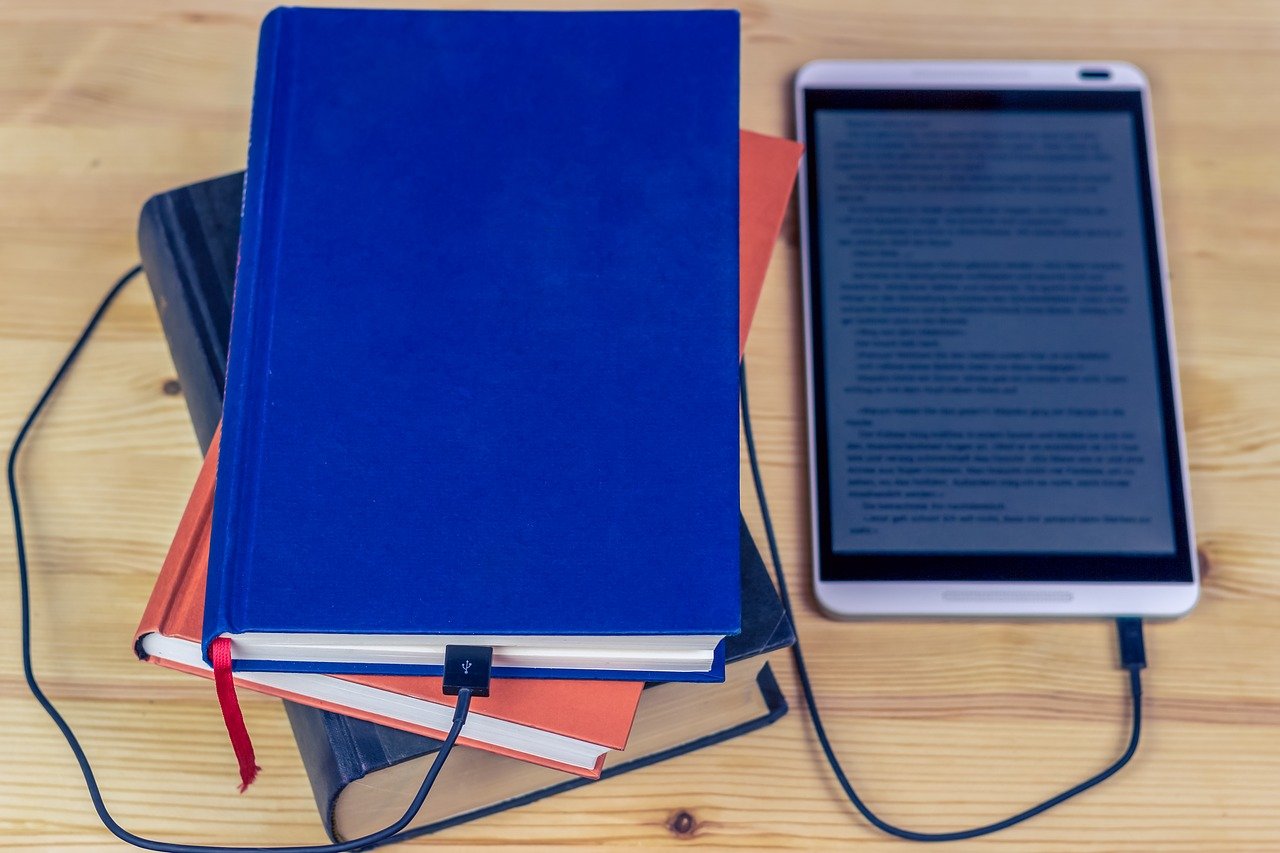Are you looking for strategies to teach students not to react violently? If so, keep reading. 1. Make the appropriate adjustments in their surroundings to prevent the student from experiencing stress, frustration, anger, etc., as much as possible.
2. Provide visibility to and from the student. The teacher and the student should be able to see each other at all times. Make eye contact possible at all times.
3. Solidify on-task behavior by providing a full schedule of learning activities. Stop lag time from happening when the student would be more likely to take part in involuntary physical behavior.
4. Place the student near the teacher.
5. Minimize stimuli that contribute to unnecessary or excessive behavior.
6. Talk regularly with the student to direct their attention to the learning experience (e.g., ask the student questions, ask the student’s opinion, stand near the student, seat the student near the teacher’s desk, etc.).
7. Organize their surroundings so the student does not have time to dwell on problems that are either real or imagined.
8. Stop the student from becoming overly stimulated by a learning experience (e.g., monitor or supervise student behavior to limit overexcitement in physical learning activities, games, parties, etc.).
9. Expose the student to increased stimuli in their surroundings on a gradual basis after success has been demonstrated.
10. Teach the student appropriate ways to react to personal or school experiences (e.g., calling attention to the problem, practicing problem-solving, moving away from the situation if it is menacing, etc.).
11. Give the student many chances for social and academic success.
12. Show the task in the most attractive and exciting manner possible.
13. Identify individuals the student may contact about their worries or concerns (e.g., guidance counselor, school nurse, social worker, school psychologist, etc.).
14. Consider using a classroom management app. Click here to view a list of apps that we recommend.
15. Consider using an adaptive behavior management app. Click here to view a list of apps that we recommend.
16. Consider using Alexa to help the student learn to behave appropriately. Click here to read an article that we wrote on the subject.
17. Click here to learn about six bonus strategies for challenging problem behaviors and mastering classroom management.
18. Consider using a socio-emotional learning app. Click here to view a list of apps that we recommend.
19. Consider using an emotional intelligence app. Click here to view a list of apps that we recommend.
20. Consider using a school counseling app. Click here to view a list of apps that we recommend.





